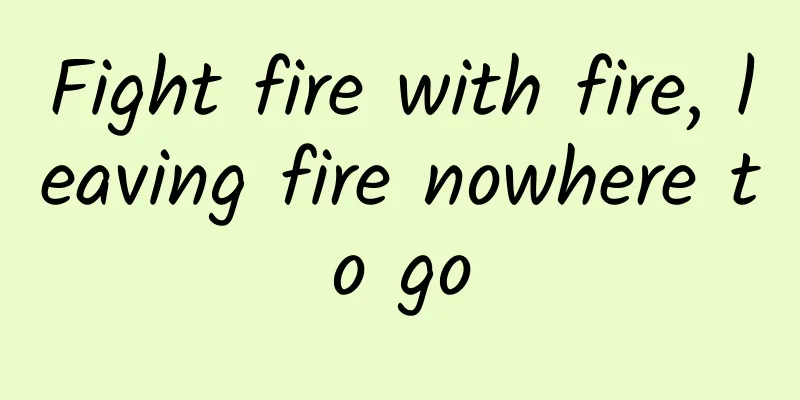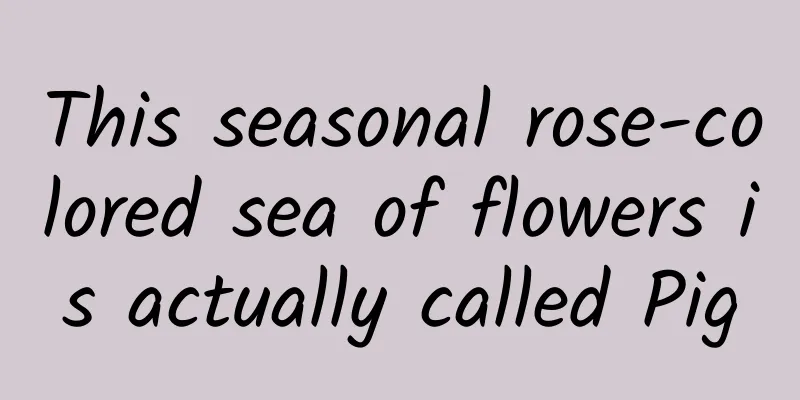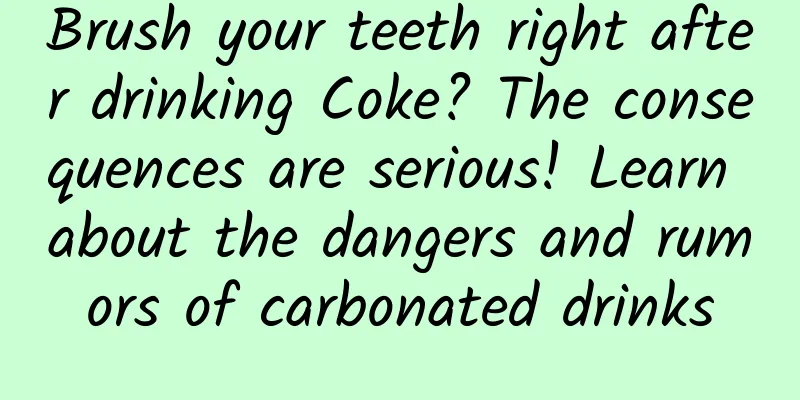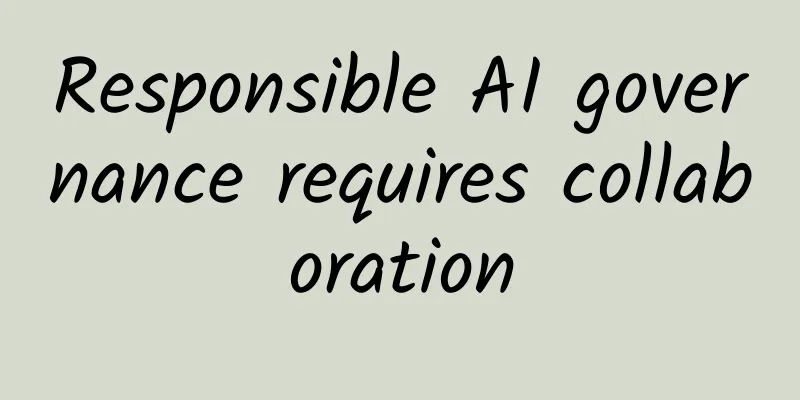Fight fire with fire, leaving fire nowhere to go

|
When you think of forest fires, what's the first thing that comes to your mind? Was it the California wildfire that burned 10 New Yorks and set a record for the area burned? Or was it the Australian wildfire that lasted for months and destroyed the homes of countless animals? Koalas rescued from bushfires (Photo source: Huanqiu.com) Wildfires have been a common news in recent years. In August this year, forest fires broke out in many places in Chongqing. More than 20,000 firefighters took half a month to put out the wildfires. "Spontaneous forest combustion caused by extreme high temperature weather is an important factor in the recent frequent wildfires in Chongqing," said Bai Ye, deputy director and professor of the Forest Fire Research Center of the China Fire and Rescue Academy. In fact, wildfires in vast forests are an inevitable phenomenon and a means for nature to self-regulate. As human communities continue to move closer to forests, wildfires pose an increasing threat to human life and property, and the requirements for human firefighting capabilities are becoming higher and higher. It is very difficult to fundamentally understand the impact of many factors, including wind, temperature, vegetation, terrain, human activities, etc., on wildfires. From a scientific point of view, wildfires are unpredictable, and how they spread remains a mystery. For example, the most violent wildfire fuel is not dead branches, withered leaves and hay, but green needles. The principle behind this still puzzles scientists. To prevent such tragedies from happening again, physicists have found some seemingly incredible ways to prevent and extinguish wildfires. Strong winds help fires, but weak winds hinder them As we all know, wind helps fire, and physics has also done a good job of studying this phenomenon. In fact, the relationship between the two is not simple. Wind is born with fire, and wind helps fire, and there is a positive feedback relationship between fire and wind, which is a difficult problem in physics research. When a fire burns fiercely, it releases energy and heats the air, which rises and is supplemented by air from below, fueling the fire. Just like a rural earth stove, the air is heated and discharged from the chimney, attracting air into the stove to supplement the hot air, making the fire at the bottom of the stove more intense. The interaction between rising air and wind determines the rate at which vegetation heats up. Only when it exceeds a certain critical point can the vegetation be ignited, which determines the speed at which the fire spreads. The main burning materials in wildfires are dry grass, leaves, branches, etc. In many wildfires, tree trunks do not even burn. Why is this? It turns out that the tiny fuel has a large surface area, which makes it easy for it to absorb energy from the hot air, raising the temperature above the ignition point, reaching the ignition point and burning quickly . However, the small size of the fuel is sometimes not conducive to combustion. If the surrounding air is cooler than the fuel, the air will tend to cool the fuel . In other words, the airflow caused by the fire will hinder its spread. For example, the grass outside the campfire is exposed to the heat radiation of the fire for a long time, but the cool airflow effectively prevents them from reaching the ignition point. The fire brings in cool air, which prevents the surrounding hay from burning. (Image source: wiggly wisdom) The spread of wildfires is often viewed as an advancing wall of fire, with wind pushing the wall forward and igniting combustibles in front of it. This model, while simple, is incorrect because the cooling effect of air movement can hinder the wall's progress. This seems to be inconsistent with life experience. We have only seen that wind helps spread fire, but how can it reduce the spread of fire? This is because the wind must be strong to help the fire, which can make the flames tilt and touch the unburned combustibles. When the wind is relatively weak, the rising hot air currents will make the flames stand upright, hindering the progress of the fire wall. Therefore, strong winds help fires, while weak winds hinder fires. If you look toward a spreading wildfire, you don't see a wall of fire, but rather separate towers of fire, as shown in the image below. Fire towers are caused by rising air currents. The towers of fire are spectacular, but it's the gaps between them that drive the fire. There is no continuous wall of fire, but rather towers of fire. (Photo credit: Silva Junior) The wind blows through the gaps in the burning vegetation and becomes hot air, which not only replenishes air for the fire tower, making it more vigorous, but also runs to the front of the fire, making it unable to attract cool air to cool the combustibles such as grass and leaves in front of it, causing them to ignite. The shape of the fire front as it spreads forward affects the wind direction, which in turn affects how fast the fire spreads. The fastest-moving part of the fire is generally in the shape of a horseshoe. The narrower the horseshoe, the more wind is directed to the flanks of the horseshoe, which weakens the wind at the front of the fire and slows its spread. The distribution of vegetation on the ground also affects how quickly wildfires spread . If trees are spaced farther apart, it is less likely that a wildfire will spread from one tree's crown to another, and more wind is needed to spread quickly. Therefore, felling trees is a common practice to reduce the risk of forest fires. However, this practice increases the speed at which surface fires spread. There is no such thing as a two-pronged approach, and there is always a gain. Setting fires to prevent fires and fighting fire with fire One way to reduce the risk of wildfires is to set fires to burn dead branches and leaves on the ground. This behavior is called strategic burning or controlled burning . Strategic burning not only reduces the fuel for wildfires and reduces the risk of wildfires, but also promotes the germination of certain tree species, increases soil nutrients, and maintains ecological balance. Strategic burn operation in progress (Image source: Wikipedia) It sounds simple, but in practice fire is difficult to control, so strategic burning is still very difficult and requires careful design and control. In 2000, the National Park Service conducted a strategic burn operation at Los Alamos in New Mexico, but the fire got out of control, causing 200 homes to be burned down. The fire spread to an area of 190 square kilometers and burned some buildings at the Los Alamos National Laboratory, even threatening the nuclear materials stored there. It took the United States three and a half months to put out the fire. Strategic burning generally starts a fire line, and there are usually multiple fire lines. The airflow caused by one fire line will affect other fire lines . For example, under moderate wind speed, the fire line may get out of control, but lighting another fire line at the upwind side can reduce the wind force reaching the downwind fire line, weakening the intensity of the fire line and making it easier to control. The upwind fire line burns to the area that has been burned at the downwind side, and there is nothing left to burn, so it is extinguished. Strategic burning operators can also manipulate the air flow between fire lines based on factors such as wind speed, wind direction, and the distance between fire lines, allowing multiple fire lines to quickly merge together and extinguish. The principle of strategic burning can even be used to extinguish fires, achieving the effect of fighting fire with fire . This method was applied in the operation to extinguish the wildfire in Chongqing. Firefighters lit a new fire line downwind of the wildfire. The disturbance of the wildfire on the air caused the fire line downwind to burn against the wind, clearing the fuel in front of the wildfire and stopping the wildfire from advancing. However, this operation must be done with extreme caution, and the intensity of the air attracted by the wildfire must be accurately measured, otherwise it will cause a new wildfire disaster. Conclusion Scientists are currently trying to establish the basic principles of wildfire and air, but because wildfire research is difficult to control and replicate, it is not easy to achieve this goal. However, we are optimistic that basic research on wildfire science is making breakthroughs, improving our ability to predict the behavior of wildfires under various conditions and improving our firefighting strategies. Of course, specific research on wildfires is what scientists should do. As ordinary people, we can start with small things like avoiding carrying fire into the mountains when traveling, and contribute our own efforts to preventing wildfires! Produced by: Science Popularization China Author: Qu Lijian (College of Disaster Prevention Science and Technology) Producer: China Science Expo |
>>: Ocean Satellites: Protecting the Blue Homeland
Recommend
IPTV and OTT: A protracted battle between government control and public demand on the big screen
Since 2012, IPTV has experienced the "wild g...
26 letters review Apple's year: from Admire to Zenith
The New Year bell of 2016 is about to ring, and i...
WeChat Mini Program fission marketing, how to play the mini program fission distribution system?
General mini-program e-commerce malls can only co...
Galapagos, magical animals change!
Galapagos A world away But the islands are extrem...
Douyin Promotion and Operation丨How to write a Douyin title that gets over 10,000 likes?
When it comes to new media, the first thing that ...
General process of online event operation
There is no clear definition of operation and spe...
How much does it cost to customize a film and television mini program in Xiangtan?
In order to better penetrate into various industr...
What is the impact of website space domain name fees, domain name and space SEO optimization?
What is the impact of website space domain name f...
Is it okay to charge your phone overnight without unplugging it? This article will tell you
High-power fast charging is gaining popularity ve...
"Creating a Precise Traffic Matrix for Video Marketing" helps novices build a fan-increasing system!
Training course video content introduction: The c...
How would life change if the Earth was flat?
A flat Earth would look very different from space...
Why can't we see atoms with an optical microscope?
Through an optical microscope, we can see bacteri...
iOS15 is coming with new features that are both surprising and worrying. Are you looking forward to it?
In the past few days, Apple officially announced ...









